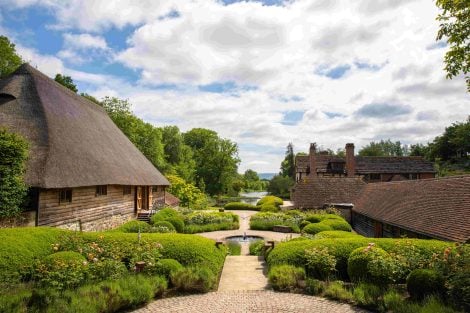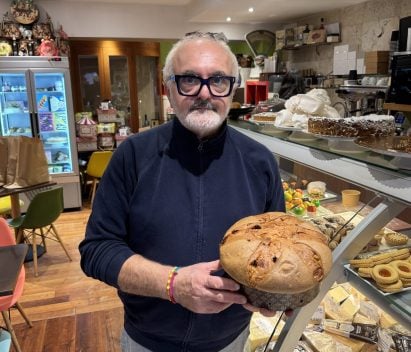The famous Hollywood actor Stanley Tucci, known for his passion for food, has found himself at the centre of a heated debate following the broadcast of his latest TV series “Tucci in Italy”, dedicated to food and wine tourism in Italy. The enormous visibility the show has given to certain city locations is said to have triggered an uncontrolled and often disrespectful wave of gastronomic tourism. In Florence, for example, this phenomenon risks having a serious impact on the city’s historic “buchette del vino” — the small wine windows once used to sell wine directly to the public.
Overtourism and media overexposure
A recent article in Drink Business reported how the increase in tourist numbers has led to behaviour that shows little respect for these local symbols, with crowds gathering to take photos or drink near the buchette, creating disturbance for residents and businesses. In one case, a social media user responded to a post by the actor, admitting that they had to move house in Florence because they lived next to a wine bar featured in the show — with people sitting in front of their doorway drinking from 10 a.m.
The issue clearly highlights a broader concern: the fine line between promotion and media overexposure. On the one hand, international attention from shows like Tucci’s can shine a light on local excellence. On the other, it tends to generate chaotic tourism, placing strain on infrastructure and eroding the authenticity of the place.

Historic city centres, between tourism and gentrification
Tourism, in many European art cities, is shifting from a valuable economic resource to a cause of urban imbalance. From Venice to Lisbon, from Florence to Barcelona, the phenomenon of overtourism is putting historic centres under pressure, leading to a profound transformation of the social and economic fabric.
The constant influx of visitors, drawn by authentic experiences like those shown in Tucci’s latest series, is fuelling the exponential growth of businesses geared exclusively towards tourists. At the same time, residents are seeing rising rents, services converted for fleeting consumption, and in many cases, the inability to continue living in the neighbourhoods where they were born.
This is the classic mechanism of gentrification: urban space becomes a commodity, and those who cannot afford it are pushed to the margins. It’s a growing issue that, just a couple of weeks ago, led to the first European mobilisation against overtourism.

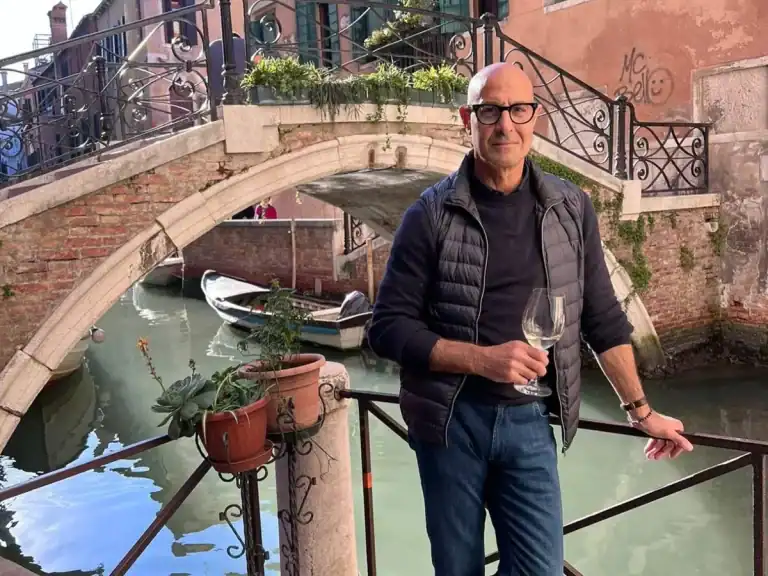
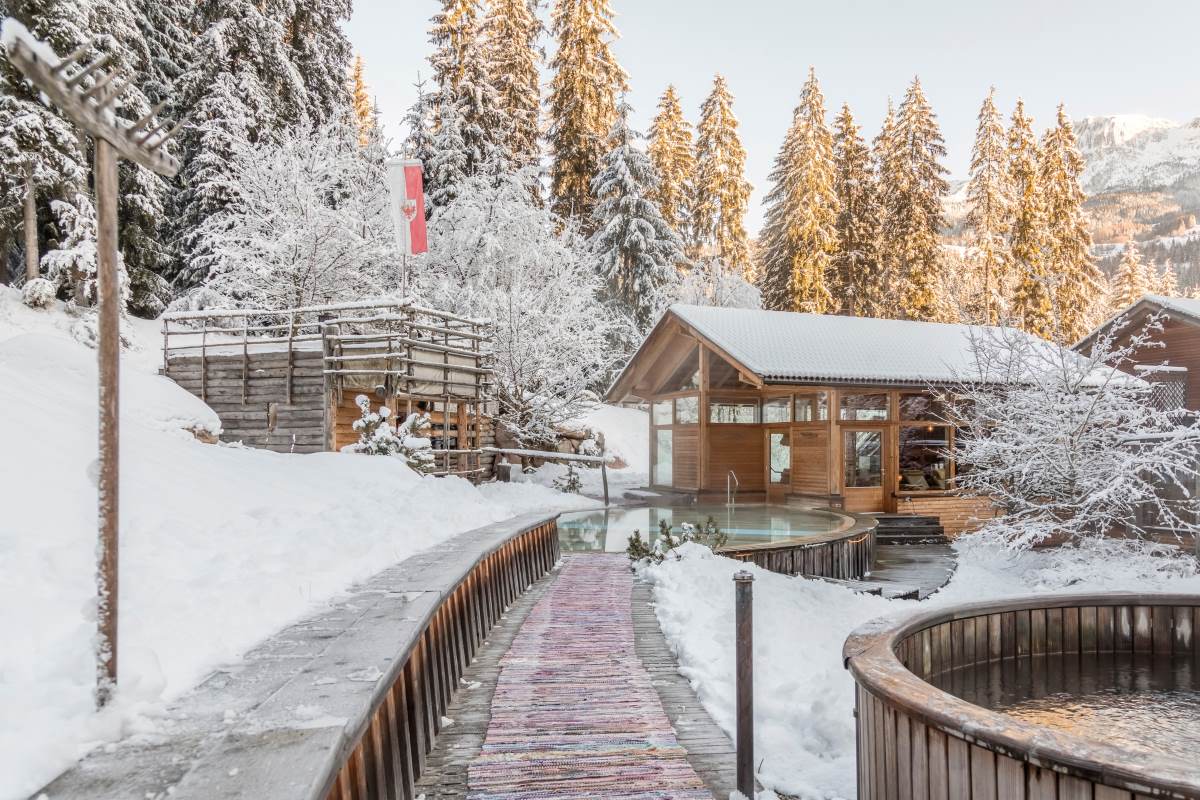 The alpine hotel where you can enjoy outstanding mountain cuisine
The alpine hotel where you can enjoy outstanding mountain cuisine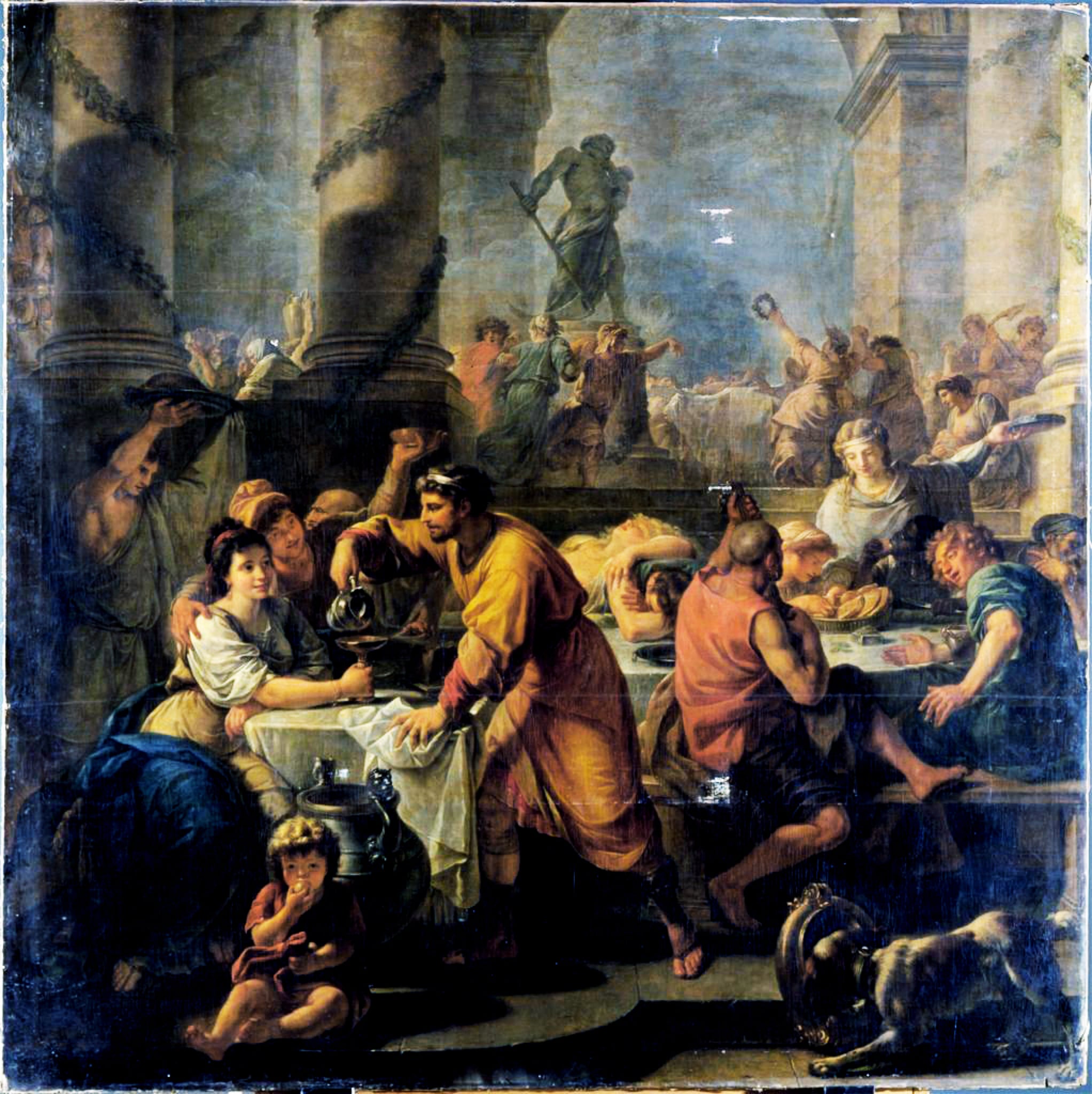 Io Saturnalia! How to celebrate the festive season like an Ancient Roman
Io Saturnalia! How to celebrate the festive season like an Ancient Roman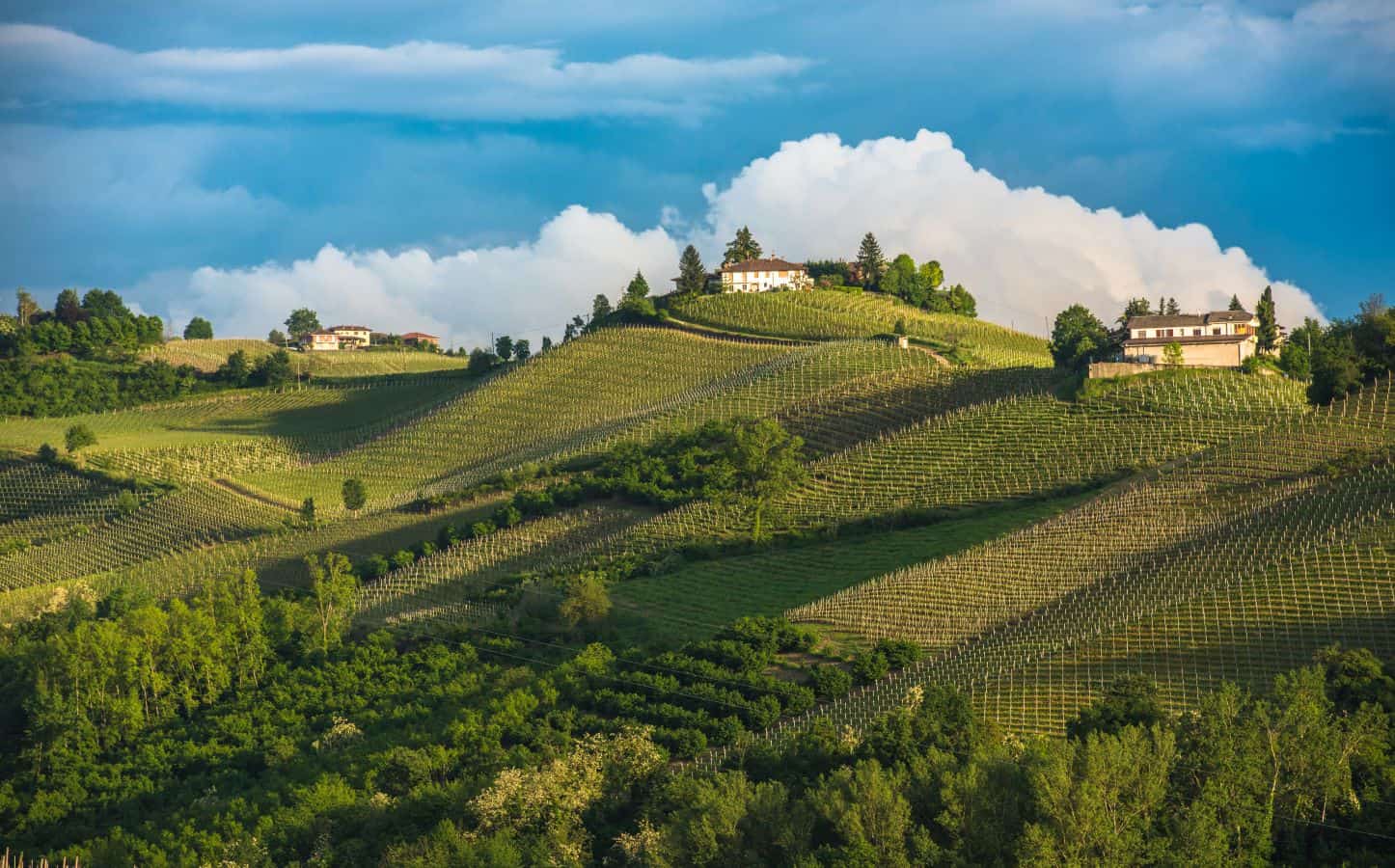 The UNESCO effect: tourism is growing, but there is a risk of losing identity
The UNESCO effect: tourism is growing, but there is a risk of losing identity The perfect pairing? Wine and books
The perfect pairing? Wine and books 2025 was the year of Trump's tariffs – will 2026 be better for Italian wine in the US?
2025 was the year of Trump's tariffs – will 2026 be better for Italian wine in the US?

